Authors: Ramla Khalidi, Dao Xuan Lai, Do Tron Hoan - Technical Reviewers and Contributors: Haruna Suenaga, Clea Paz-Riveras
Mangroves, the lifeline of Viet Nam's coasts: Stewards of climate, biodiversity, and communities
April 9, 2024
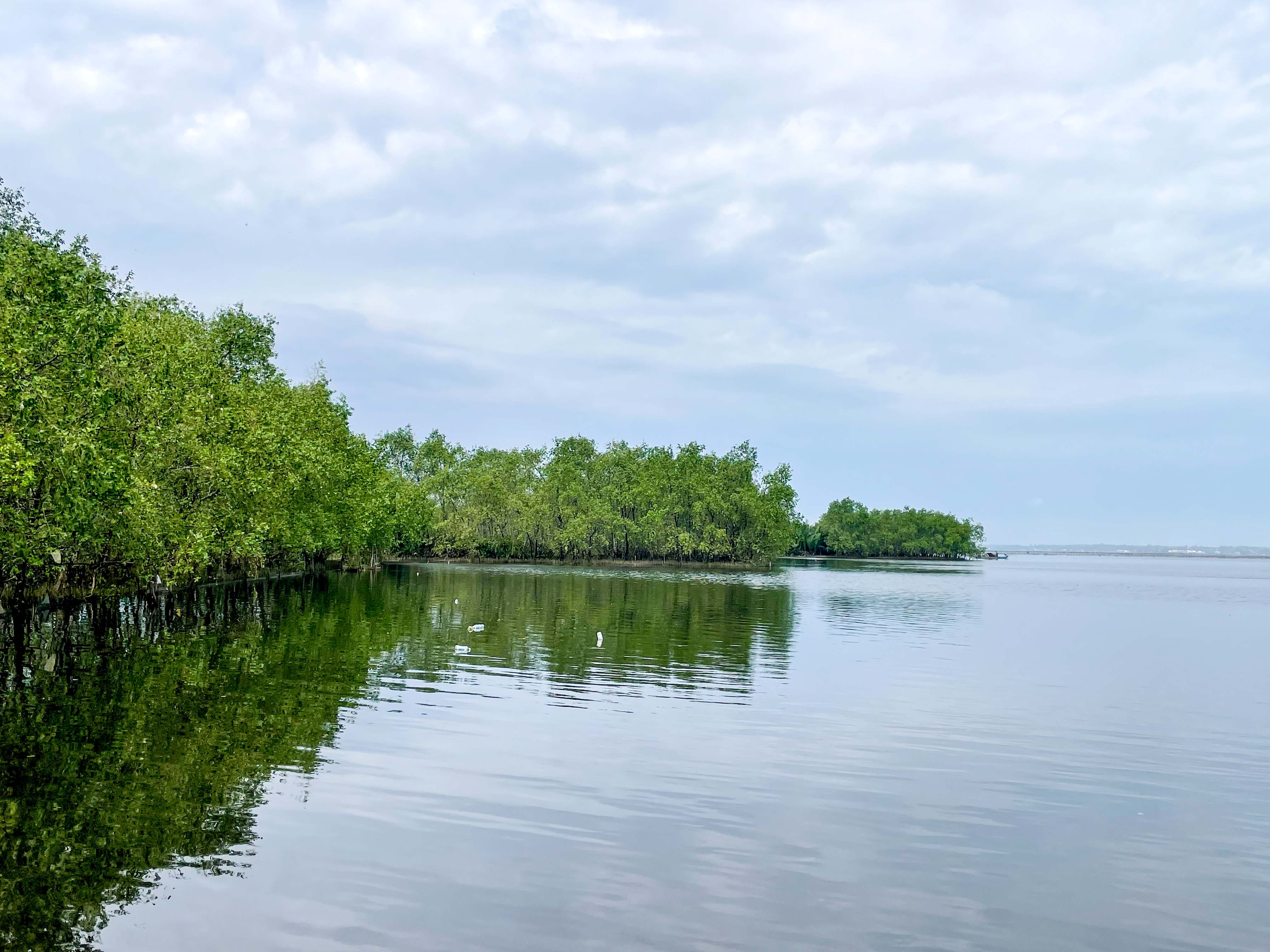
Mangroves in Ru Cha, Huong Phong commune, Thua Thien Hue province, Viet Nam
Mangroves occupy less than 1% of the world's surface, but as nature's “climate warriors” they play a crucial role in coastal ecosystems and contribute to the well-being of both the environment and local communities. In the global battle against climate change, mangrove forests emerge as indispensable allies. Referred to as "blue carbon", their unique ability to sequester carbon plays a crucial role in mitigating the impacts of climate change. Well-managed mangrove forests have the potential to store up to four times more carbon than tropical forests.
Mangroves are also hubs of biodiversity, capable of sustaining a myriad of life. Serving as vital breeding grounds for numerous fish species, mangroves provide habitat for diverse wildlife, supporting long-term sustainable economic development.
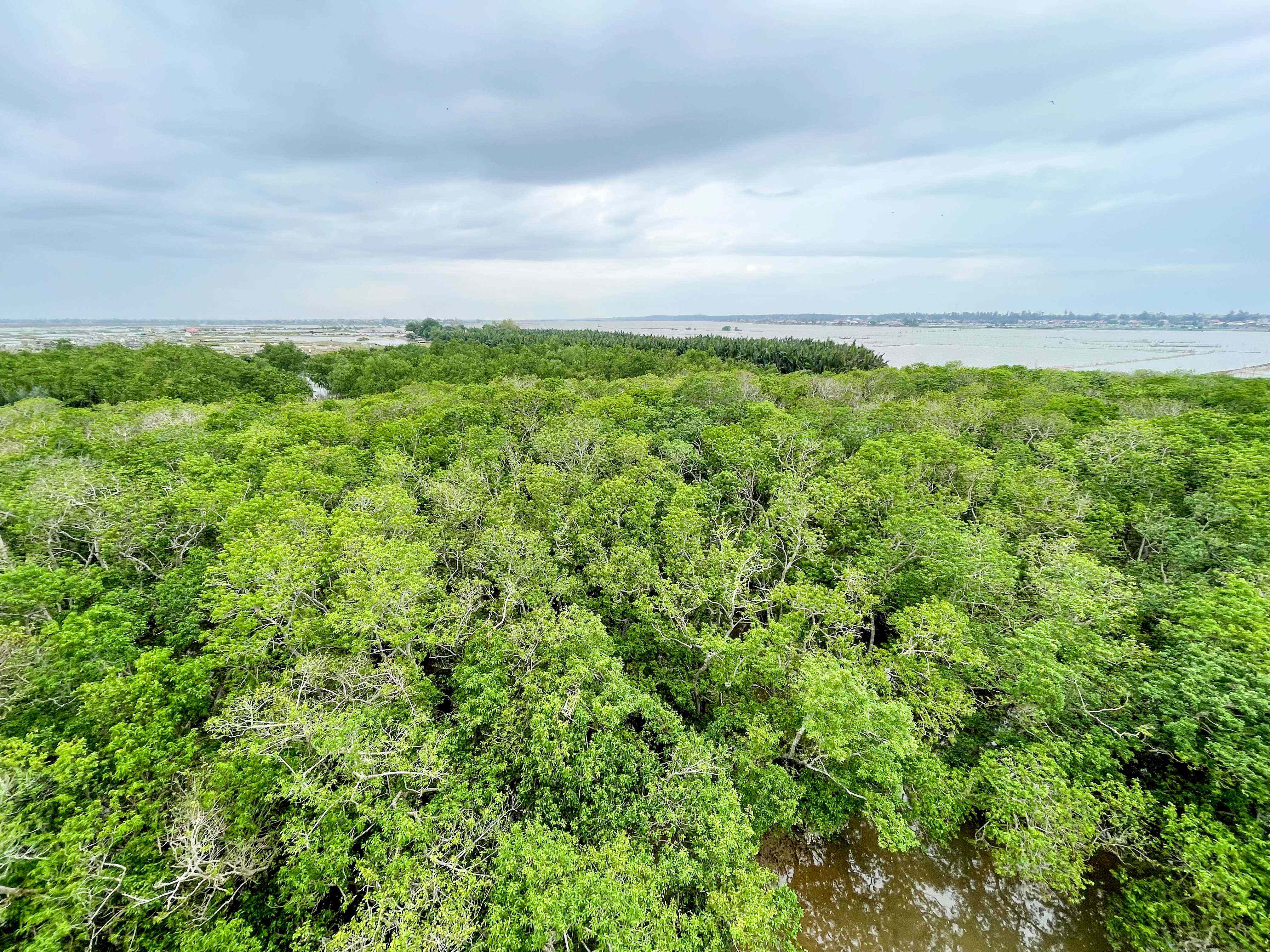
For local communities, mangrove forests are vital economic resources. They generate an estimated US$40-50 billion annually in revenue from fishing, forestry, and recreation. Mangrove forests also serve as a protective barrier for communities and local infrastructure, shielding them from the devastating impacts of rising sea levels, storm surges, and extreme weather events.
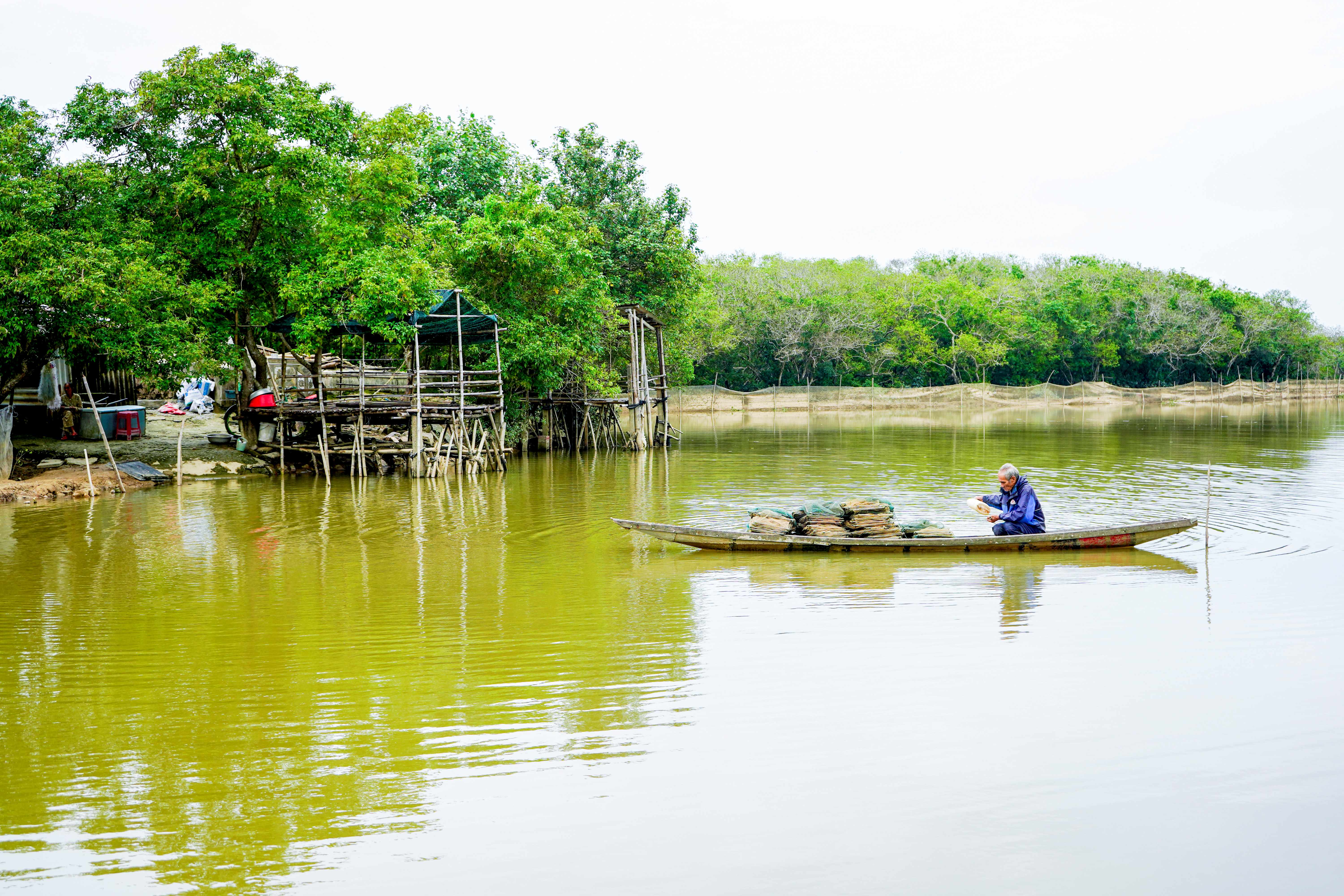
The Paris Agreement underscores the importance of ocean ecosystems, with a special emphasis on ecosystem integrity. Oceans and marine ecosystems such as mangroves and seagrasses provide nature-based solutions that contribute towards achieving the 1.5oC target.
More than 80 countries, including Viet Nam, have included mangrove forests in their Nationally Determined Contributions (NDCs), acknowledging the important carbon absorption capacity of mangrove forests and the urgent need to commit resources for the protection of coastal and marine ecosystems. At the UNFCCC COP 27, blue carbon was a key priority on the agenda generating financial commitments to protect and restore mangroves. The launch of the Mangrove Breakthrough: a groundbreaking commitment of USD 4 billion has been set as an investment goal to safeguard 15 million hectares of mangroves worldwide by 2030. The Mangrove Alliance for Climate (MAC) was launched at COP27 as partnership of the UAE, Indonesia, India, Sri Lanka, Australia, Japan, and Spain.
Despite all strong commitments, mangroves continue to be destroyed and degraded all over the world. Approximately 35% of the world's original mangrove cover has already been lost, and certain nations have witnessed staggering losses of up to 80%3. The degradation of mangroves can be attributed to many factors, including conversion for aquaculture, extraction for timber, utilization of wood for fuel, production of charcoal, disease, and the impact of storms.
Viet Nam exemplifies successful collaboration in forest and mangrove conservation. Between 2008-2018 UNDP worked with the Ministry of Agriculture and Rural Development (MARD) to implement the United Nations Collaborative Programme on Reducing Emissions from Deforestation and Forest Degradation in Developing Countries (UN-REDD), which established a solid foundation for result-based payment schemes and other opportunities for forests, land, and nature. Since 2017, UNDP worked with MARD and 5 provinces to plant and rehabilitate over 4,000 hectares of mangrove forests, and it’s about to start a new project with MARD, financed by Canada, that will also generate and protect an additional 600 hectares of mangrove forest.
Leveraging plural values of mangroves for climate and people: UNDP’s Climate Promise has responded to these challenges by supporting countries to incorporate forest and mangroves protection and restoration in their climate action.
With support from the Forest, Land, and Nature area of the Climate Promise, UNDP is collaborating with MARD to develop a consistent and robust carbon stock assessment approach; conduct carbon stock assessments of mangrove forests in 28 coastal provinces of Viet Nam; and enhance the database on mangroves across all coastal provinces. This technical work aids Viet Nam in clarifying and potentially enhancing the contribution of mangroves in its NDC as well as identifying sustainable financing pathways and the potential for high-integrity carbon markets. This partnership is also supporting expansion of protected mangrove areas for biodiversity and livelihoods benefits.
In November 2023, UNDP, MARD and Thua Thien Hue province jointly organized a workshop on “Leveraging plural values of mangroves for climate change mitigation and adaptation goals” to discuss technical and financial constraints related to mangrove protection and development in Asia Pacific countries. The workshop included a field visit to Tam Giang-Cau Hai lagoon, the largest lagoon in Southeast Asia to learn from local experiences in managing mangrove forests and lagoon ecosystems and adapting to climate change.
During the field-visit, workshop participants attended a short meeting at Quang Loi commune, Quang Dien district, Thua Thien Hue province to get introduced to Tam Giang-Cau Hai lagoon and the Tam Giang – Cau Hai wetland reserve, as well as measures to protect and restore mangroves. After that, they visited the sampling site of mangroves carbon methodological development project, jointly implemented by UNDP and MARD, and engaged in discussions with farmers of Ngu Thanh My Fisheries Cooperatives to understand their livelihood challenges. Participants also travelled to Ru Cha mangroves, one of the three remaining natural mangroves of Thua Thien Hue province, to discuss the role of natural mangroves in storing carbon. A total of 80 participants from six countries, including Viet Nam, Cambodia, Sri Lanka, Bangladesh, Indonesia, and Singapore, attended this event.
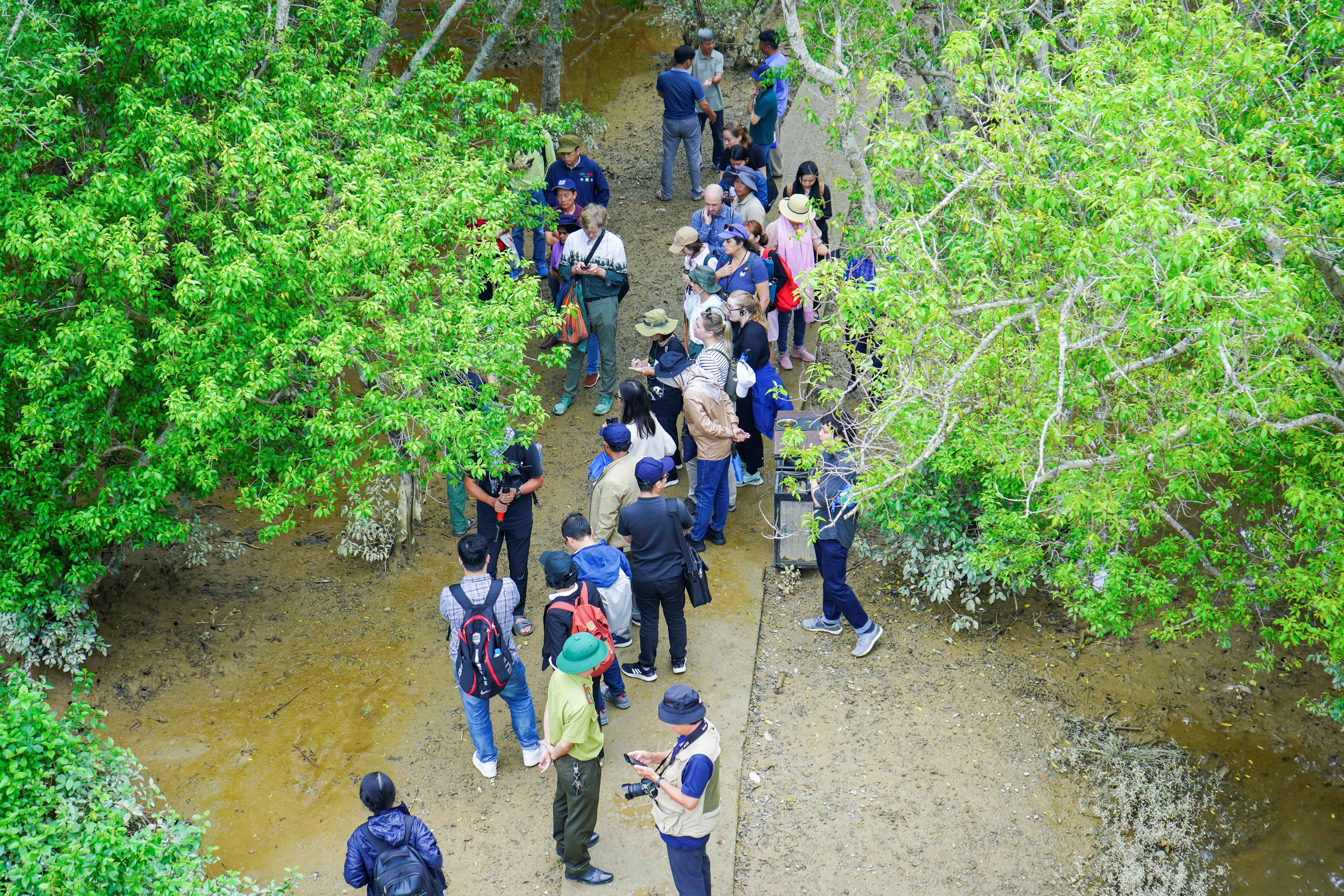
The Government of Viet Nam has amplified efforts in protecting and restoring mangrove forests in the context of climate change, particularly Decision No. 1662/QD-TT in 2021 on the Scheme “Protection and development of coastal forests in response to climate change and promotion of green growth in the 2021-2030 period”. These policies create a foundation for further actions to engage a wider range of stakeholders in responding to climate change and protecting Viet Nam’s valuable mangrove forests.
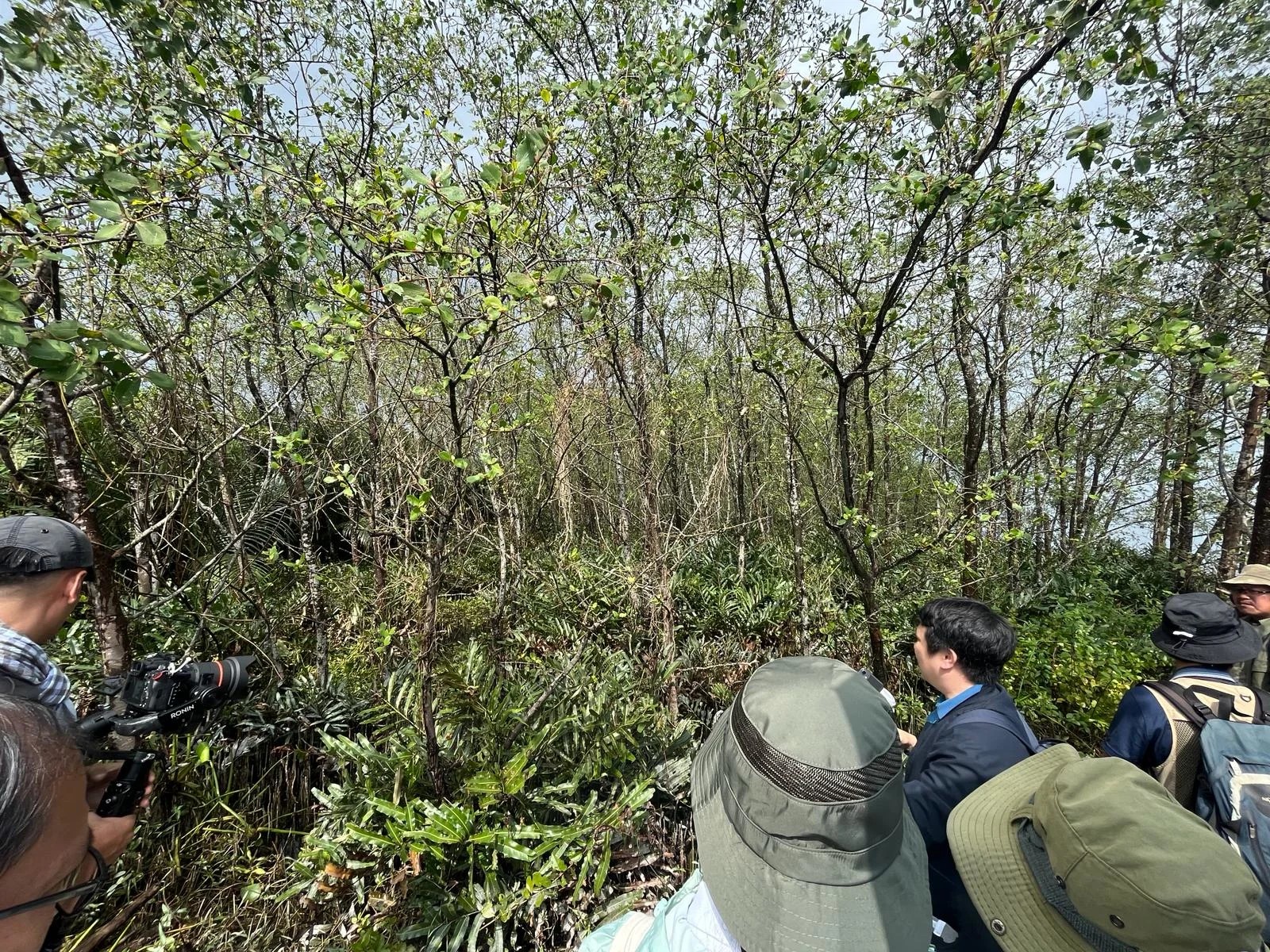
In November 2023, UNDP, MARD and Thua Thien Hue province jointly organized a workshop on “Leveraging plural values of mangroves for climate change mitigation and adaptation goals” to discuss technical and financial constraints related to mangrove protection and development in Asia Pacific countries.
UN Disclaimer
The views expressed in this publication are those of the authors and do not necessarily represent those of the United Nations, including the UN Development Programme, or UN Member States.
About UNDP’s Climate Promise
UNDP’s Climate Promise is the largest global offer on NDC support, covering over 120 countries and territories, representing 80 percent of all developing countries globally – including 40 least developed countries, 28 small island developing states, and 14 high emitters – to enhance their Nationally Determined Contributions under the global Paris Agreement. Delivered in collaboration with a wide variety of partners, it is the world’s largest offer of support for the enhancement of climate pledges.
Learn more at climatepromise.undp.org and follow at @UNDPClimate.
UNDP is the leading United Nations organization fighting to end the injustice of poverty, inequality, and climate change. Working with our broad network of experts and partners in 170 countries, we help nations to build integrated, lasting solutions for people and planet. Learn more at undp.org or follow at @UNDP.

 Locations
Locations



